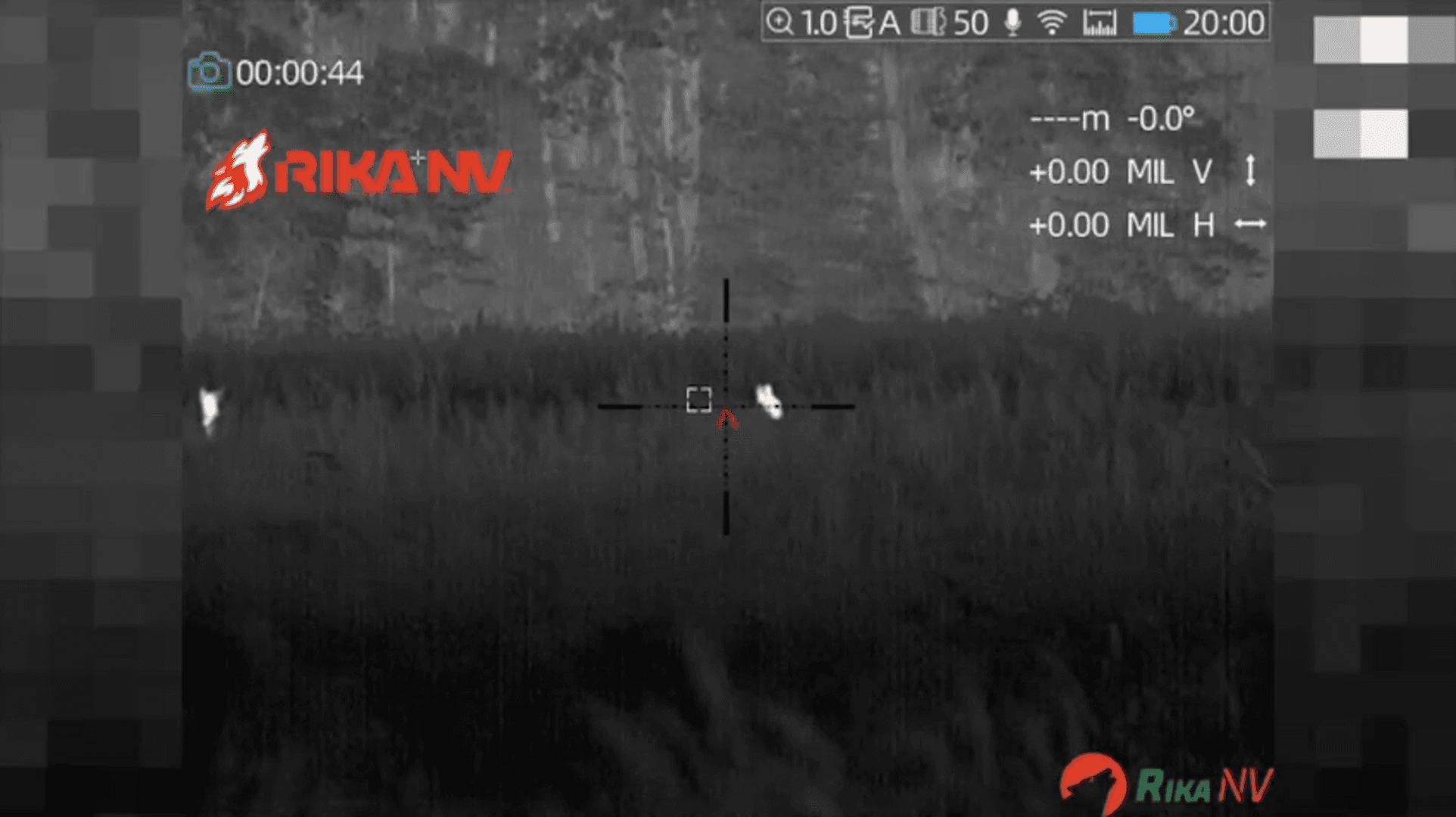
'Photographing the UK’s Secretive Roe Deer' - an interview with Phil Johnston! 'Do you have any top tips for stalking deer and other timid animals for photography?' Know your subjects! This is so important – learn about their behaviours through observation and research. Then put things into action. Roe deer have very finely tuned senses and you need to be aware of this to have any hope in getting near them. I don’t use a hide or any camouflage, but always pay attention to the wind direction and what is underfoot. By staying downwind and avoiding stepping on sticks and leaves, I’ve been able to approach them to within 10 metres without them being spooked.' Read more helpful tips here: https://www.naturettl.com/phil-johnston-photographing-roe-deer/
Post: 19 April 09:56














































